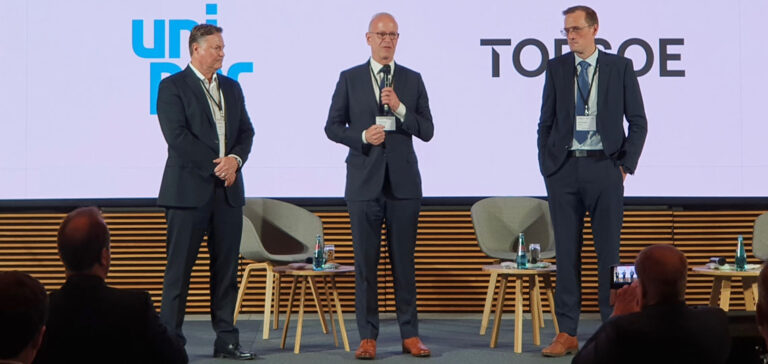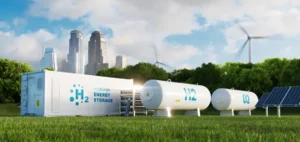Uniper and First Ammonia recently announced their strategic partnership for the production of green ammonia. This collaboration aims to revolutionize the ammonia sector by providing a greener alternative to traditional grey ammonia production. Although the place of production is not explicitly mentioned, this partnership is poised to become a key player in the green energy sector.
The Power to Ammonia Concept
The heart of this project lies in the innovative concept of “Power to Ammonia.” This approach combines high-temperature solid electrolysis (SOEC) with the ammonia synthesis process. This combination of cutting-edge technologies makes it possible to produce green ammonia efficiently and in anenvironmentally-friendly way. SOEC uses renewable electricity from Texas, while the ammonia synthesis process eliminates the production of CO₂, making each 100 MW module a real asset for reducing greenhouse gas emissions.
Outlook for the future
The collaboration between Uniper and First Ammonia paves the way for a cleaner future for the ammonia industry. The advantages of green ammonia are manifold. Not only does it significantly reduce CO₂ emissions compared with gray ammonia, it also offers a more sustainable alternative for industries that use ammonia as a raw material. Uniper customers will be able to switch to green and blue ammonia, thus avoiding a significant amount of greenhouse gas emissions.
In addition, Uniper is actively pursuing projects to develop ammonia arrival terminals and related infrastructure in European ports, including its German terminal at Wilhelmshaven. This initiative aims to facilitate the distribution of green ammonia across Europe, thus contributing to the decarbonization of the industry.
The collaboration between Uniper and First Ammonia represents an important step towards reducing greenhouse gas emissions in the ammonia production process. By delivering green ammonia, this partnership contributes to the energy transition for customers, Germany and the wider European market. With an innovative approach and cutting-edge technology, they are paving the way for a cleaner, more sustainable future for the ammonia industry.






















